Wandering around Yerevan’s Republic Square, I sighted something unusual – people bending over a water fountain, taking a few gulps of water and walking on in satisfaction. At first, I didn’t think much of it, but when I stopped to buy a bottle of water, the storekeeper directed me towards a pulpulak (Armenian for water fountain) with a parting shot.
“It is free.”
Gingerly I positioned my mouth over the gushing jet of water and drank thirstily. The water was cold and tasted of spring. Satisfied with this find, I walked on towards Northern Avenue. To my delight, there were pulpulaks everywhere! Why, there could be hundreds of them all over the city, I thought to myself. Never have I seen so many free water resources in any city. It could have been for that one reason I fell in love with Armenia right away. I later found out they were all over the country.
This was before I discovered its coffee.
Thus began my love affair with this small, landlocked country considered to be the hotbed of history.
Over the days I realized that it was not in Armenia’s monasteries or canyons that I found my travelers nirvana, but in its small cups of coffee and water fountains.
Understanding the importance of Pulpulak
The pulpulak is the pride of Armenia. It first appeared in Yerevan in the 1920s and over time and increased popularity, were installed all over the country. The fountains didn’t solely have a mission to supply free water to the residents, but they were also built to honor someone who passed or did something remarkable and celebrate the gift of water.
It is believed that when you bow down over the pulpulak for a sip of water, you are paying respects to the departed.
In the early days, these one-meter-tall stone memorials were used as meeting points, mainly by romantic couples – who are said to have made many a decision to the accompaniment of soft murmurs of the spring waters.
The capital Yerevan alone claims to have over 1,500 such fountains – so no one goes thirsty. And if one is not good at finding them, an app by the name Pulpulak will serve as a guide to the nearest one. Alternatively, you can bring a water bottle and fill up at every fountain.
I did just that.
Beauty in stone
Several myths and traditions surround the pulpulak. While some are shaped like ladders, yet others look like oysters, but they have one thing in common. The water is fresh, clean and cold. You’ll find them in Yerevan or Vanadzor or Gyumri or in remote areas of the country like on the side of the road or along the Kurtan Gorge in Armenia’s Lori region.
But perhaps the prettiest fountain in Yerevan was the Seven Springs in Republic Square. This fountain was built in the 1960s by Spartak Kntekhtsyan who was inspired by the legend of heroes drinking water from seven springs on Mount Ararat to gain strength and courage.
However, a few days later in Vanadzor, the capital of Lori province, I saw the weirdest of them all.
Armenia celebrates water in yet another way. Vardavar an annual tradition carried over from the period of Paganism, is celebrated in summer (July) when everyone in Armenia splashes water on each other. It is one of the wildest days of the year.
Big stories in small coffee cups
Now that the question of drinking water was addressed, I turn my attention to the second reason to fall in love with Armenia – Soorj. Or to be precise, Haykakan soorj, literally meaning Armenian Coffee.
In Armenia, coffee is a habit. Mine too. But here my coffee-drinking experience was elevated to nirvanic levels. Whether I was sipping one in the coffee shop or sharing a cup with my host, coffee was the star. In fact, drinking coffee was encouraged.
When boarding a shared taxi from Yerevan to Lake Sevan, the driver encouraged me to get a cup – for the journey. “It will make you appreciate the scenery better.”
It did. When I arrived at Lake Sevan, one of the highest-located lakes in the world (at 1,900m ASL) full of Armenian coffee, I almost believed that the sky had spread itself out on the lake. Such was the beauty of Lake Sevan.
It was here I met Maria, a nineteen-year-old, who invited me home for coffee and fruits in her grandma’s garden. Her grandma showed me a novel way to enjoy Armenian coffee. With fruits and a helping of Russian-made chocolate. Out in the work-shed on grandma’s fruit and vegetable patch leased from the local authorities, I understood why coffee was such a big deal. “It kept us warm when things went south,” and lapsed into her memories of the 90s.
Slowly she sipped from her small cup and continued. “Do you know how the Lake Sevan came to be?”
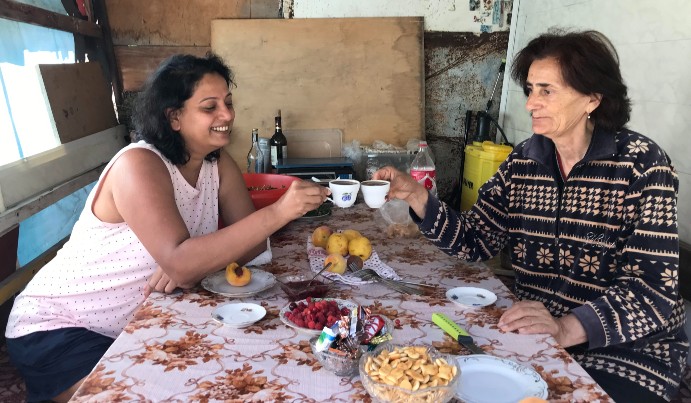
I waited. “This place was full of hills and forests with a small spring which was kept closed. The locals opened it only to fill their pitchers and then shut it again. One day, a girl forgot to close it and the water flowed out and flooded the area and formed a lake. A curse was put on her and she turned into a stone.”
Three days after relearning the coffee-drinking experience, I journeyed to Dilijan when my driver, well into his seventies, treated me to coffee. Twice. First out of courtesy and second because he appreciated my love for Haykakan soorj and distaste for cappuccino. Through him, I learnt that cappuccino was good only as a single serving, but to share and bond, it is always soorch. Strong and black.
We sipped contentedly as the scenery changed rapidly from the barrenness of Lake Sevan region to lush forests of Dilijan.
Coffee drinking is a constant all over Armenia. It united the country. It represented a cup of promise.
I hold so many wonderful memories of sitting in the kitchen with my host in Dilijan, sharing life stories aided along by the aroma of coffee pouring into the kitchen from an old copper jazve. As I was leaving for Vanadzor, she told me the importance of learning the art of brewing the perfect coffee. “Once upon a time, it was considered the right time to marry when one could make coffee with a nice head of crema on it.”
Her husband nodded assent.
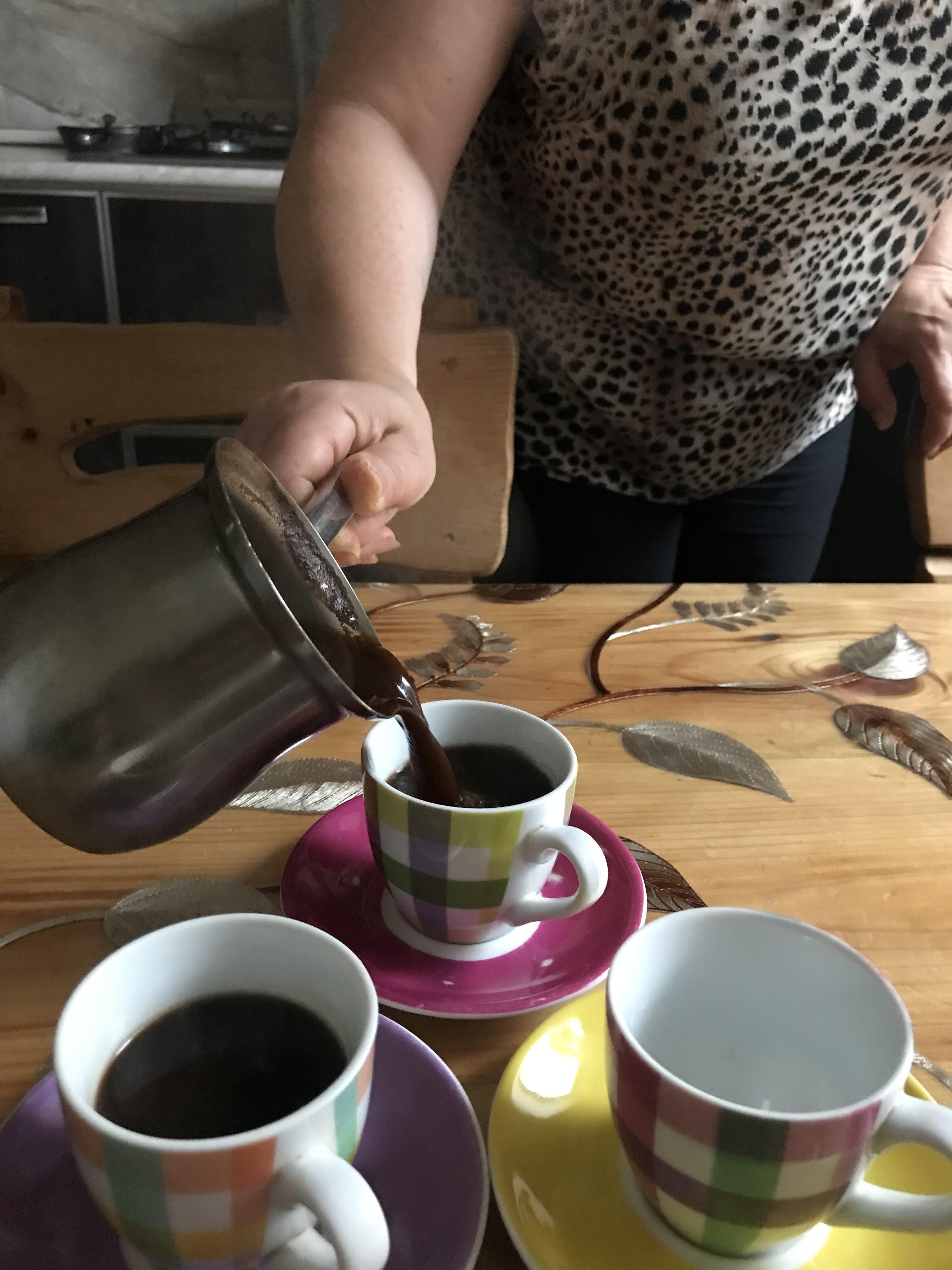
Coffee trail goes a full circle
In a market in Vanadzor, I finally connected the dots. The sheer variety of coffee was mind-boggling but the real secret to a great Armenian coffee was to use 30% Robusta and 70% Arabica beans. “The result is poetry in a cup,” the seller told me. “And coffee houses in Vienna have a lot to thank us for.”
And that is how I came to know of the birth of Vienna’s coffeehouse culture. In 1683, an Armenian (spy) named Diodato (Hovhaness Astvatsatour), a man full of secrets and knowledge of coffee, a man who knew blends and beans like he did state secrets, gave Vienna its most cherished culture. In return, the good people of Vienna dedicated a park in Wieden, Vienna’s 4th district, in his honour.
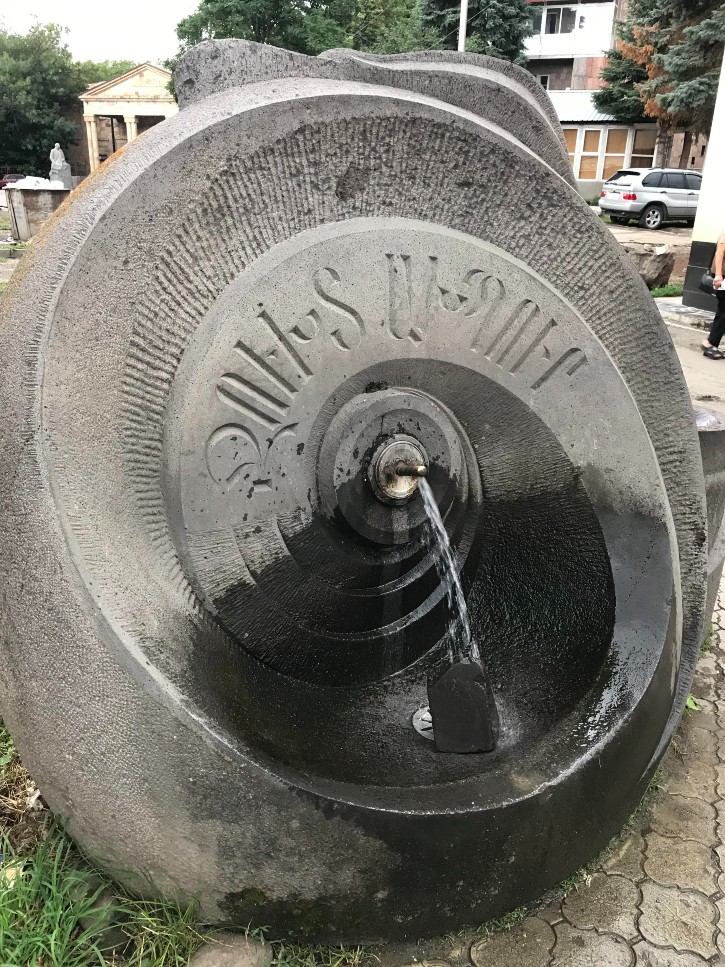
Armenians did not invent coffee. They had never been involved in its production, but every evidence pointed to their role in popularising coffee culture. Armenian merchants are considered to have brought coffee from the Ottoman Empire to Europe, thus playing a significant role in westernising this culture.
In Gyumri, I had committed an unpardonable sin by asking for Turkish coffee. After all, the dark and rich brew with that ubiquitous sludge at the bottom of the cup was quite misleading. “No matter what you do, never call it that in Armenia,” the waiter whispered to me. “Here it is Haykakan soorj. Nothing else will do.”
I think it’s a good idea to visit Armenia just for the Pulpulaks and the coffee. As the locals will tell you – “When you have free drinking water and good, cheap coffee, everything is good.”

How to drink soorj
Coffee is routine for Armenians. Several cups are consumed throughout the day. In the morning, during work breaks, after meals, in the evening. Here are a few tips that will make your coffee drinking experience richer.
- Armenian coffee is brewed on the stove in a pot called a It’s usually made of copper, is narrow at the top and wide at the bottom and has a long handle. The brewed coffee is then served in adorable little coffee cups.
- According to Armenians, the best cup of coffee still has some crema on top.
- It is bad luck to spill coffee onto the saucer when serving.
- Sip slowly because coffee will be very hot. Make sure not to drink too deep or you’ll get a mouthful of collected coffee grounds.
- Never add milk when serving — but, for a rich variation, substitute cold milk for cold water for all or part of the recipe.
Fun fact
- In some countries the place can be found more than once. For example, Colombia, Philippines and Ecuador. Colombia has the highest number of places called Armenia, spread across 9 regions.
- Majority of the cities named Armenia can be found above the equator.
- The northern most place is in the region Arkadhia in Greece. The southernmost place is in the region El Beni in Bolivia.

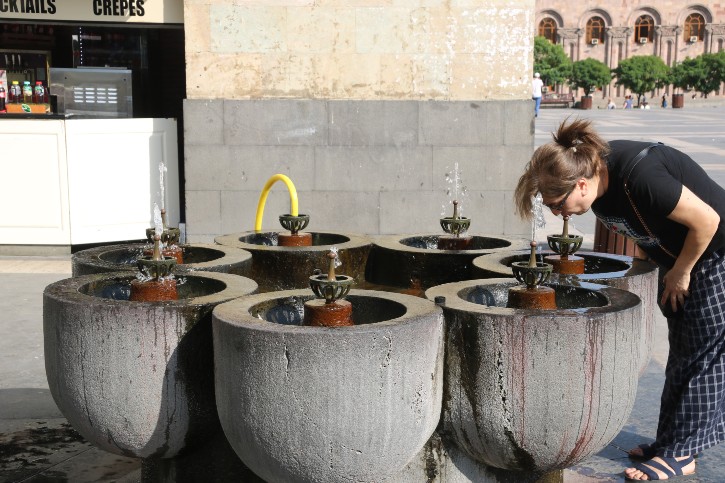
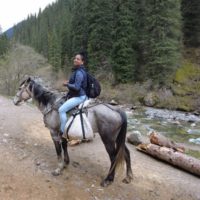
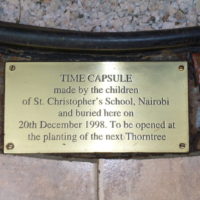
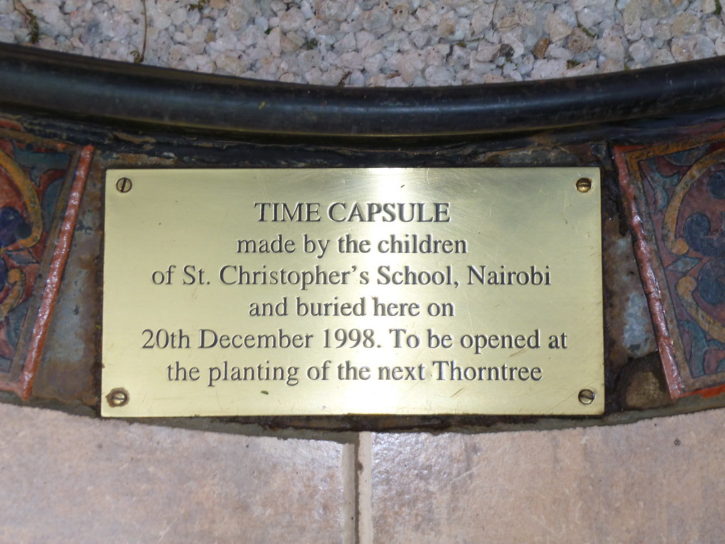
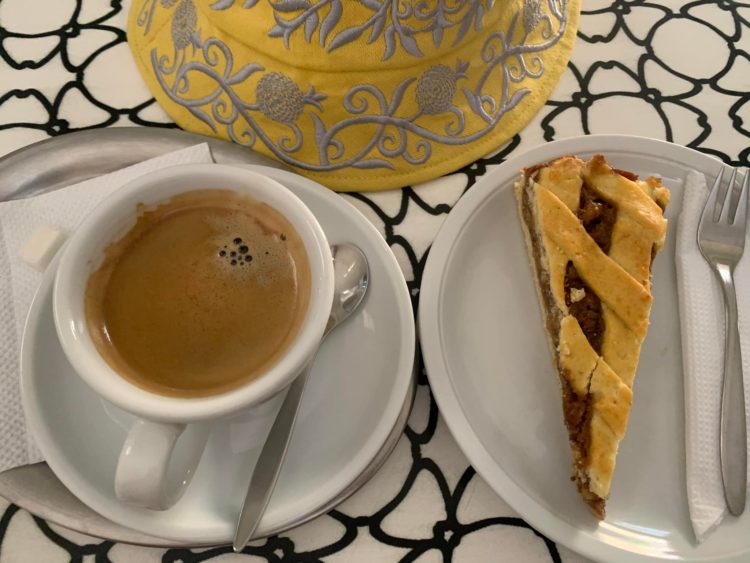
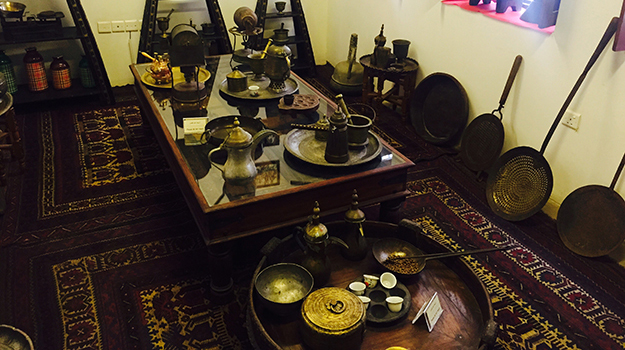
Could smell the rich aroma of finely roasted coffee while reading – and the bonhomie around the “coffee ceremony” if we may call such gatherings
Fascinating to read about the water fountains. Especially how these are tied to their ancestors.